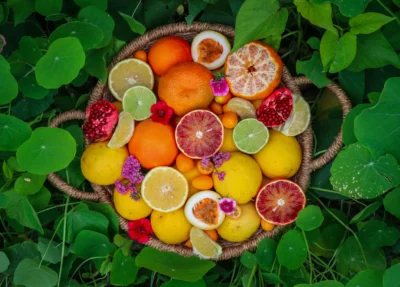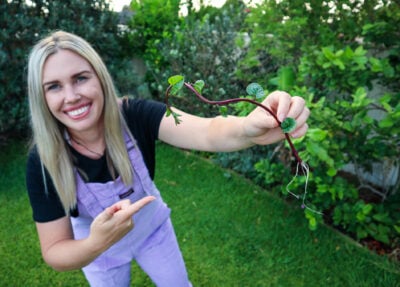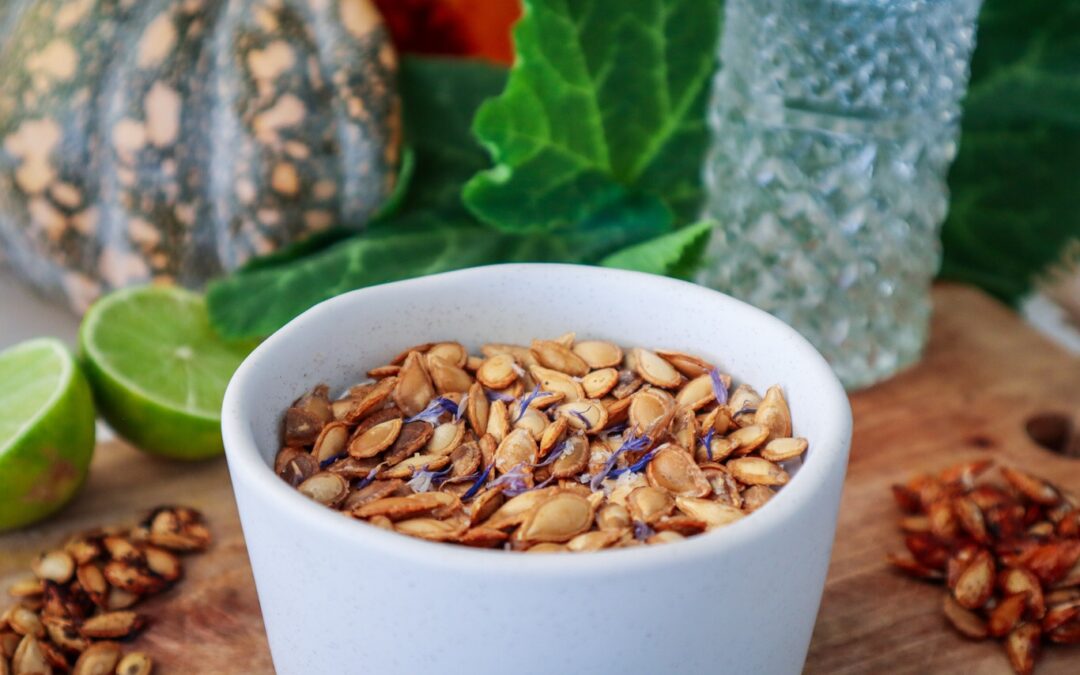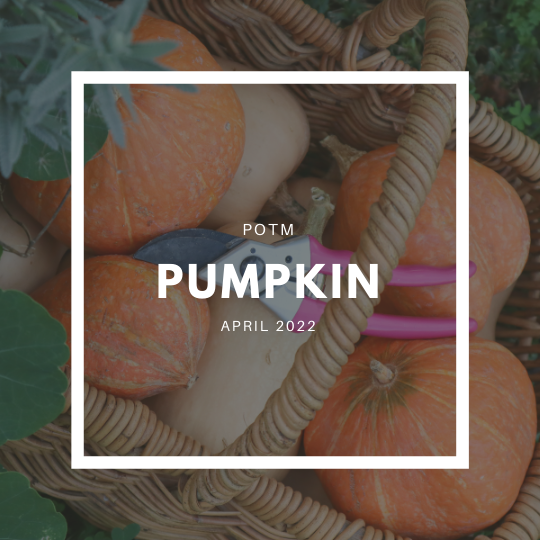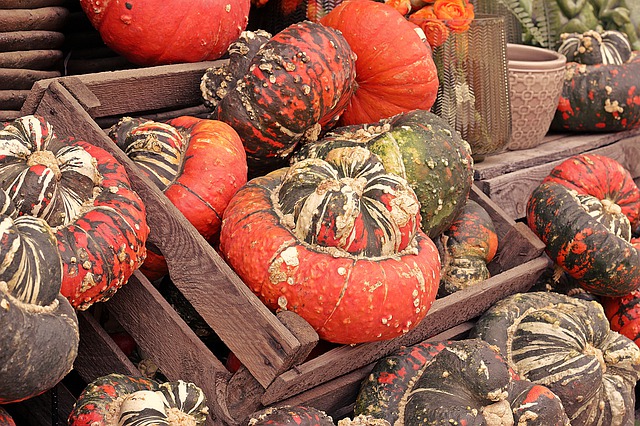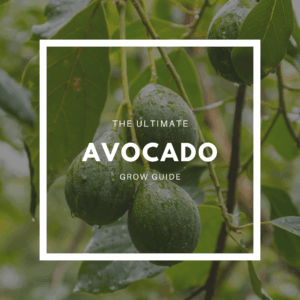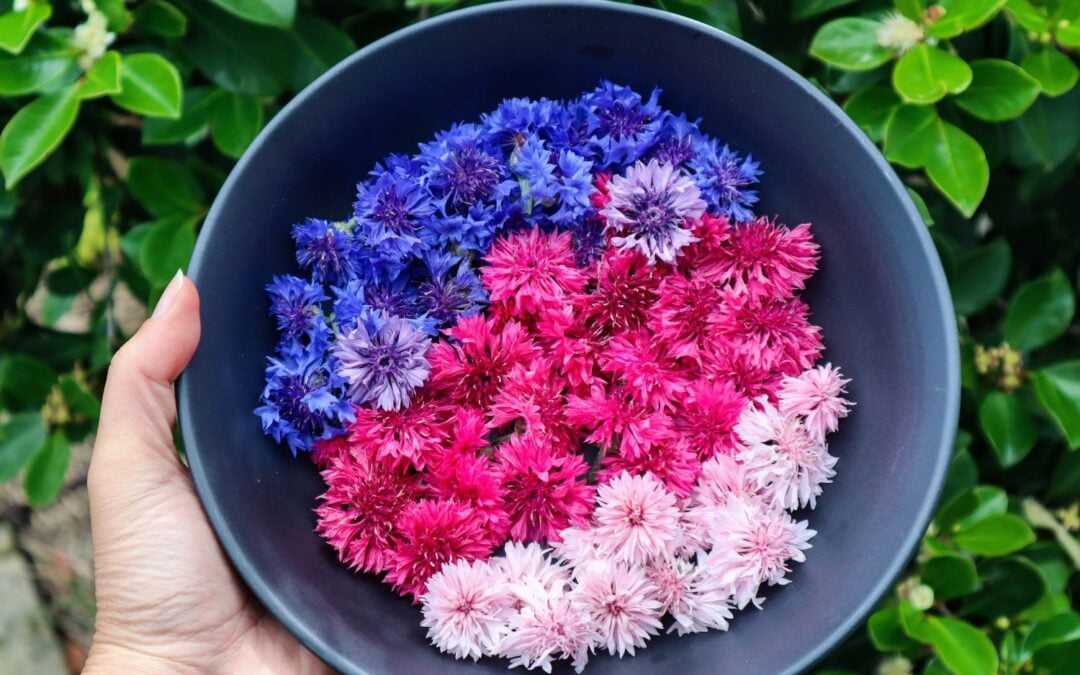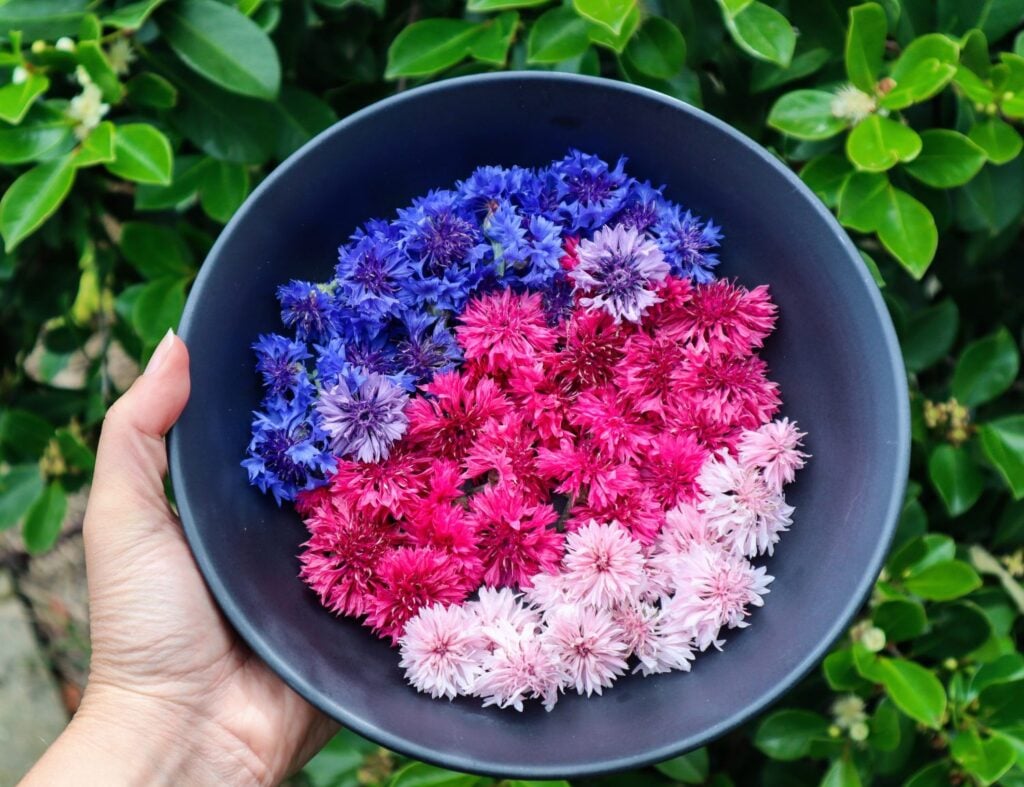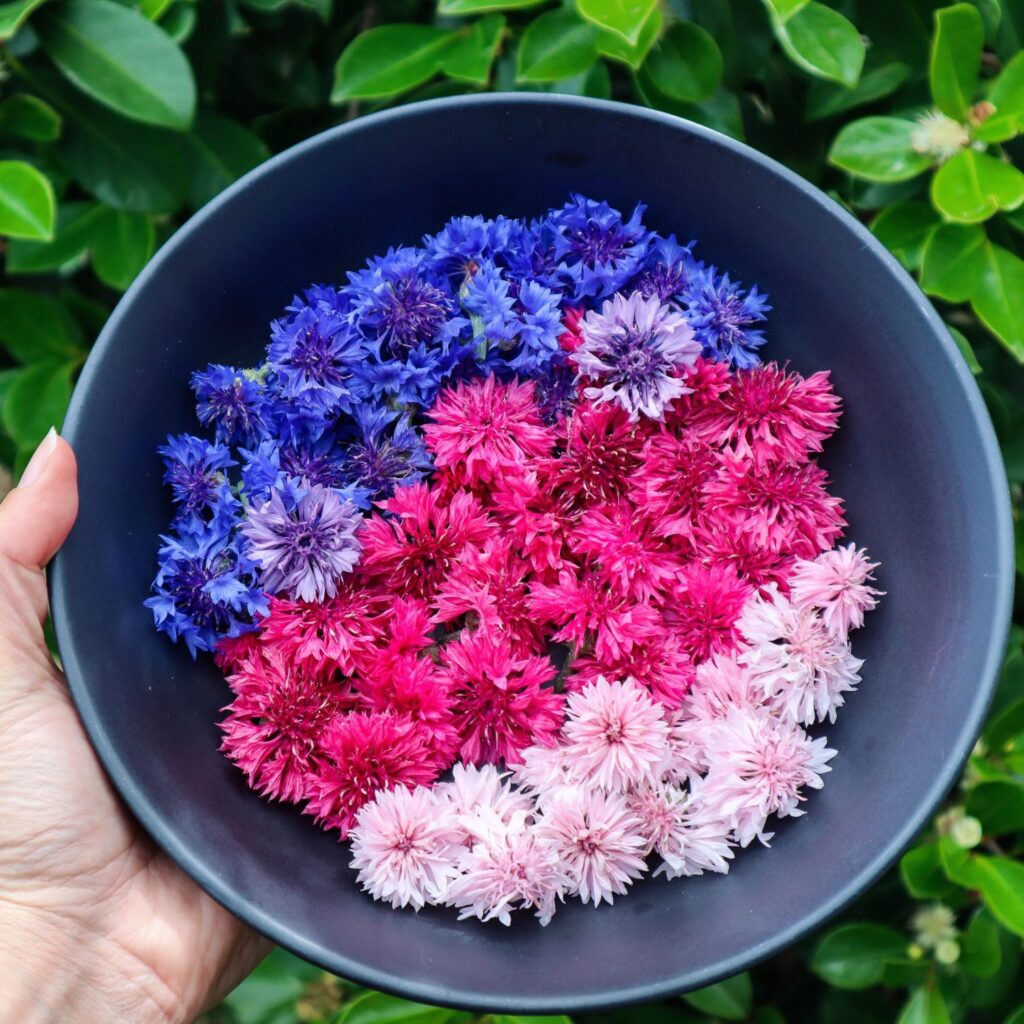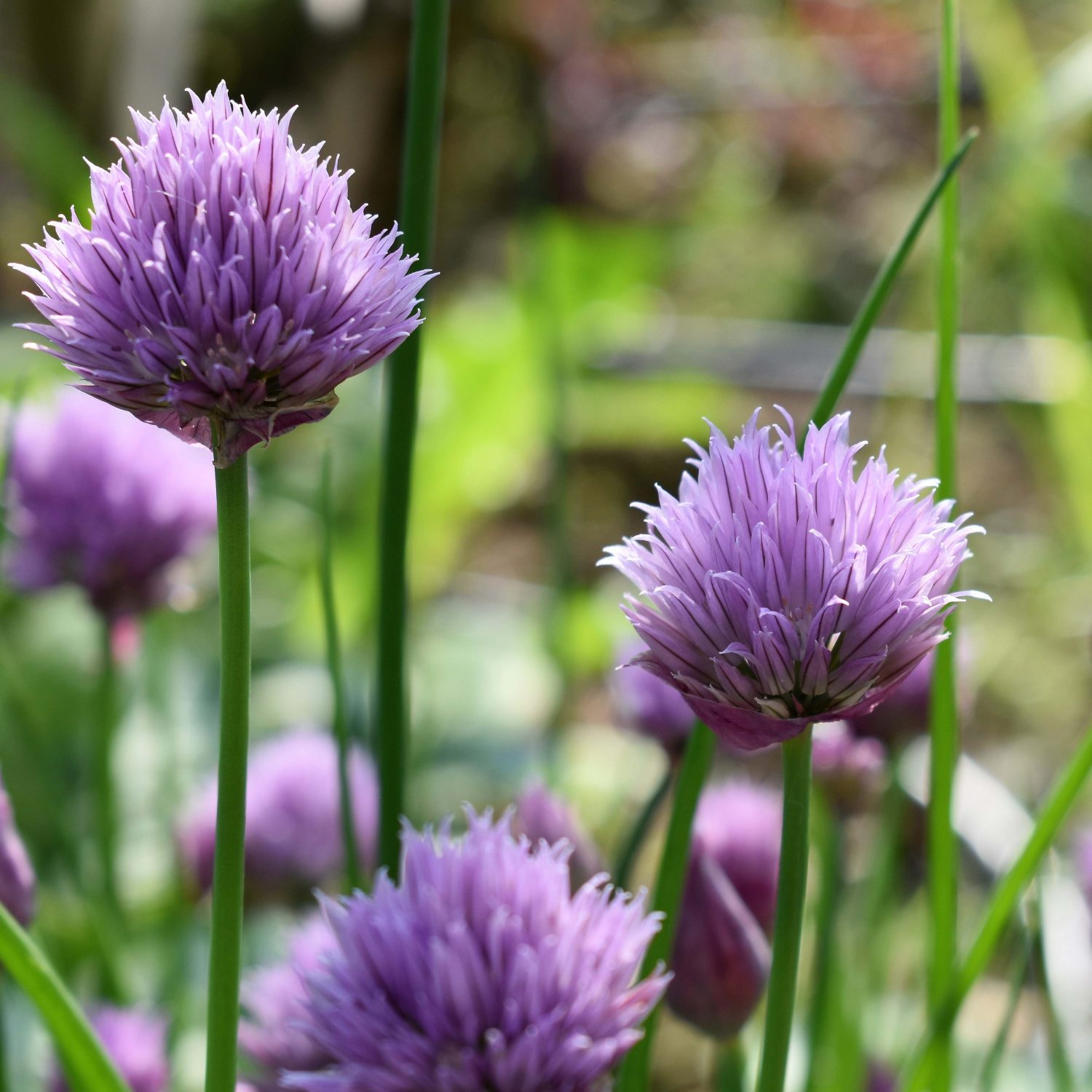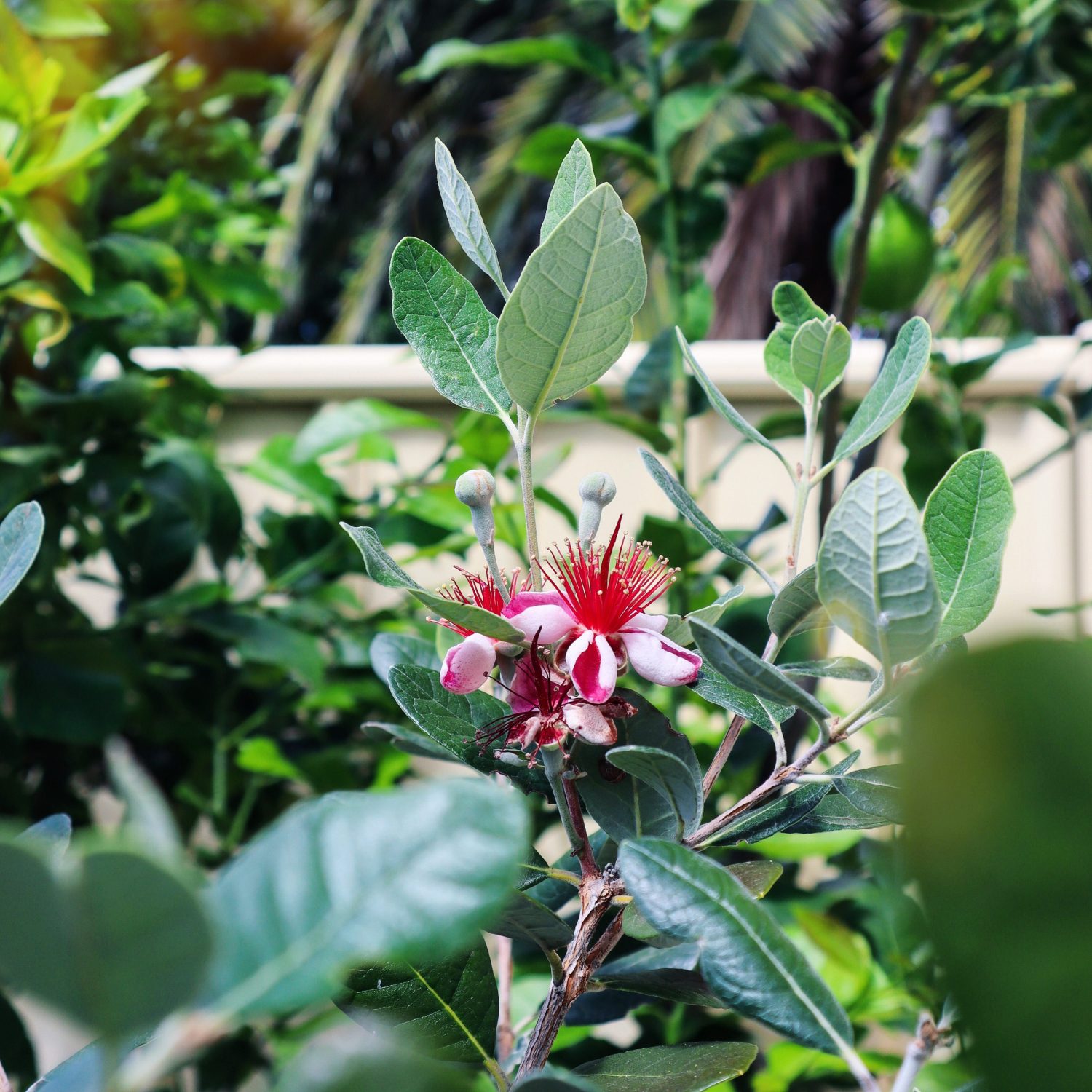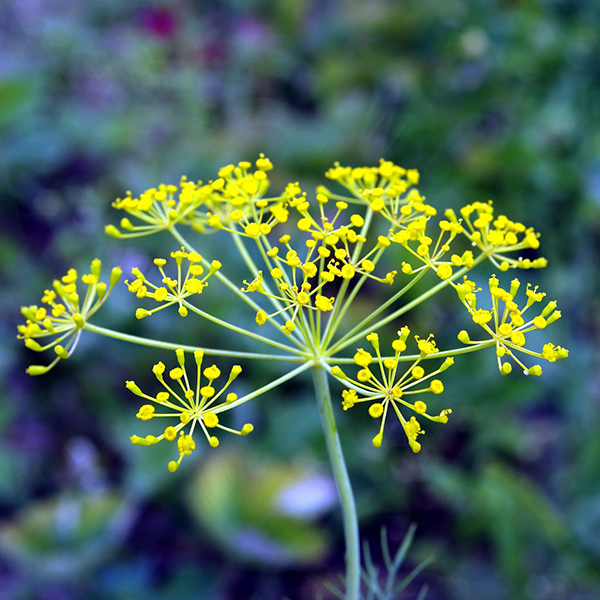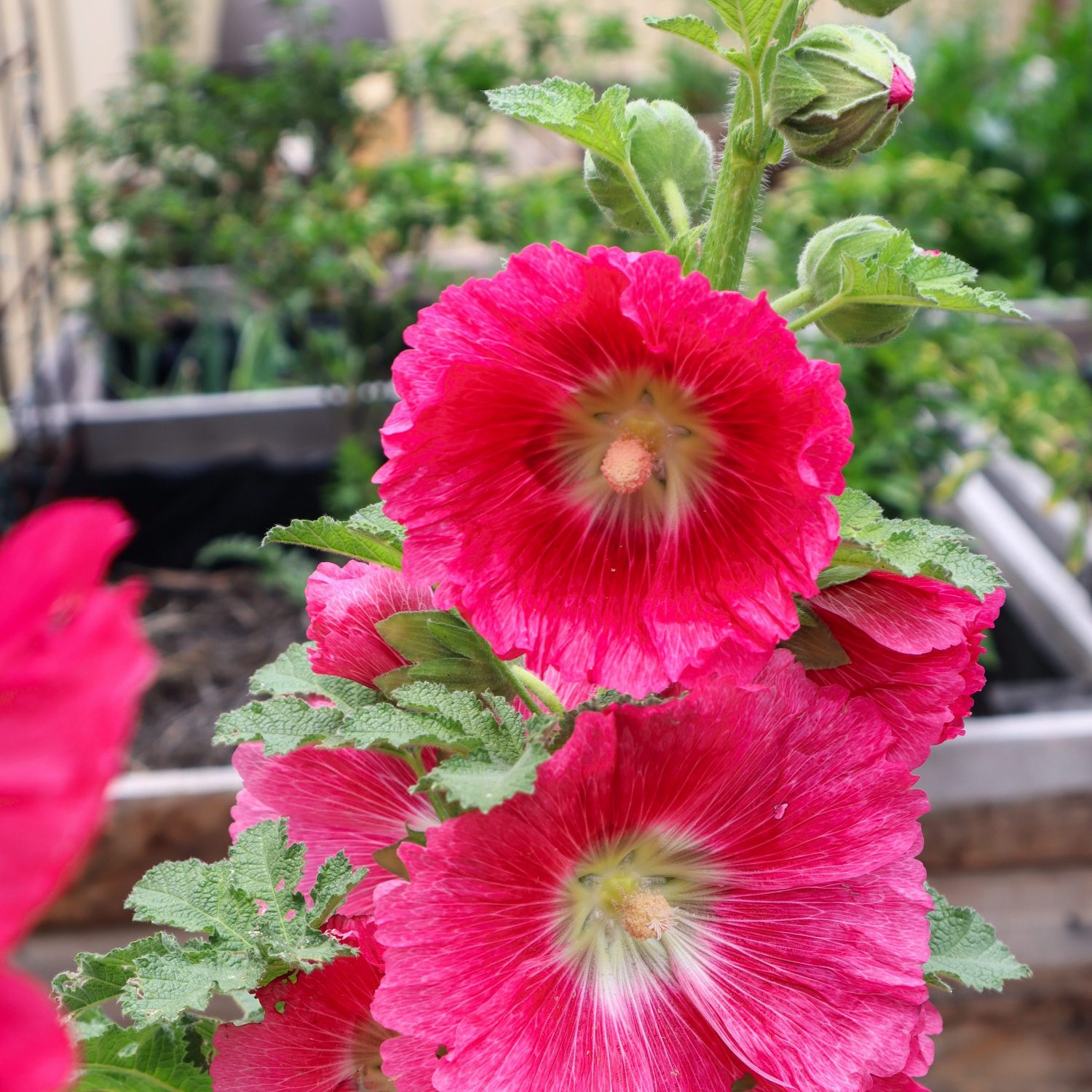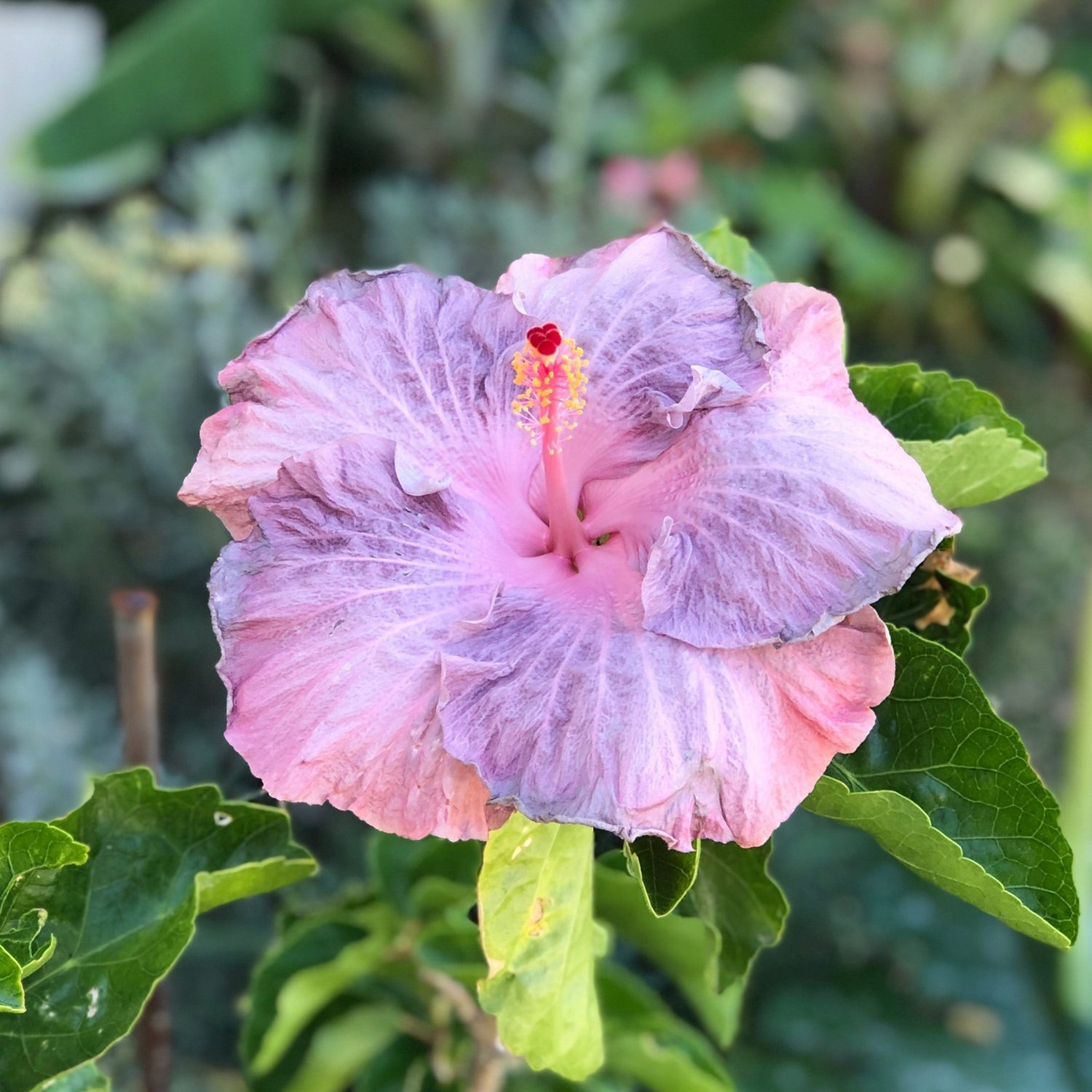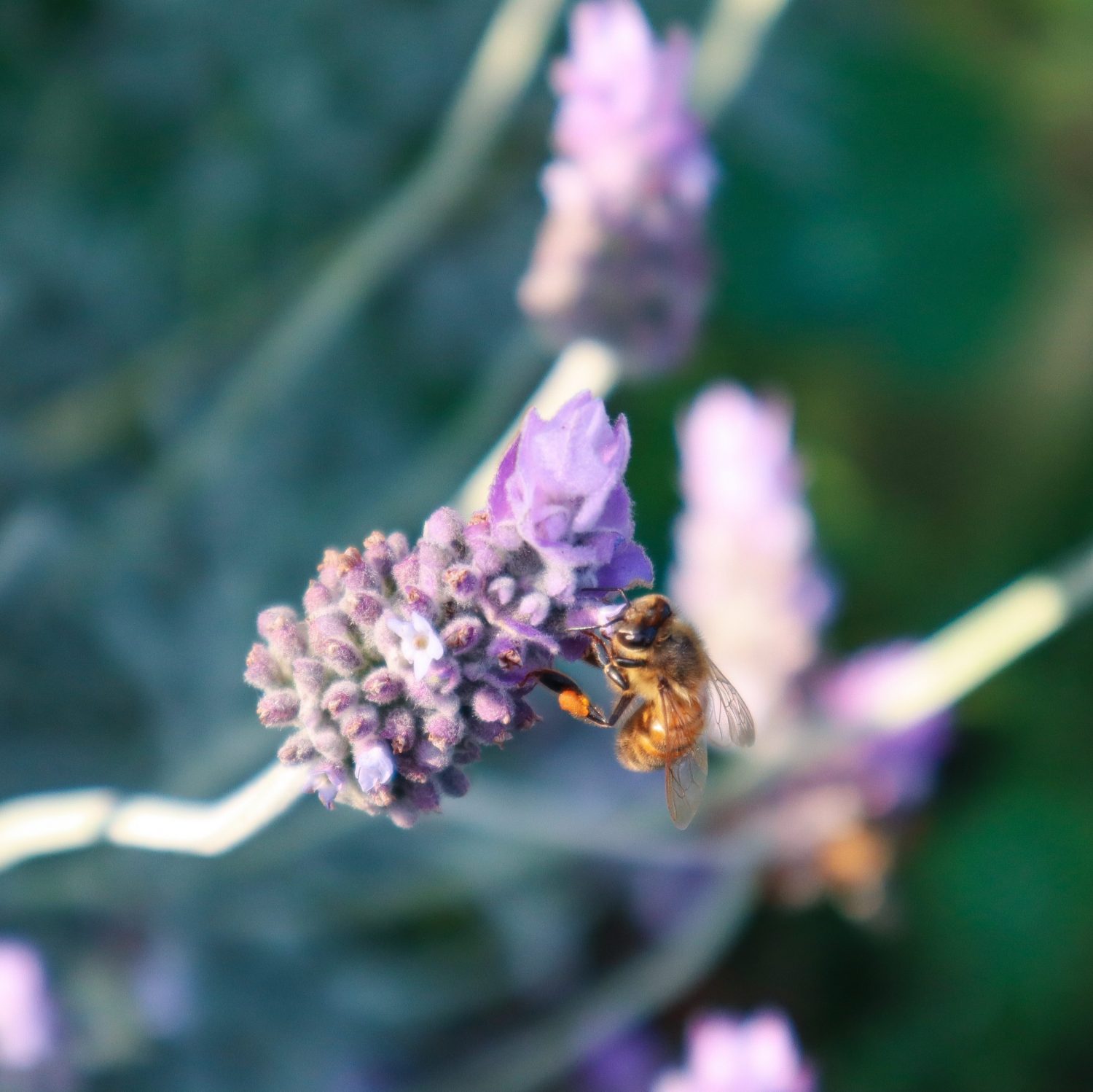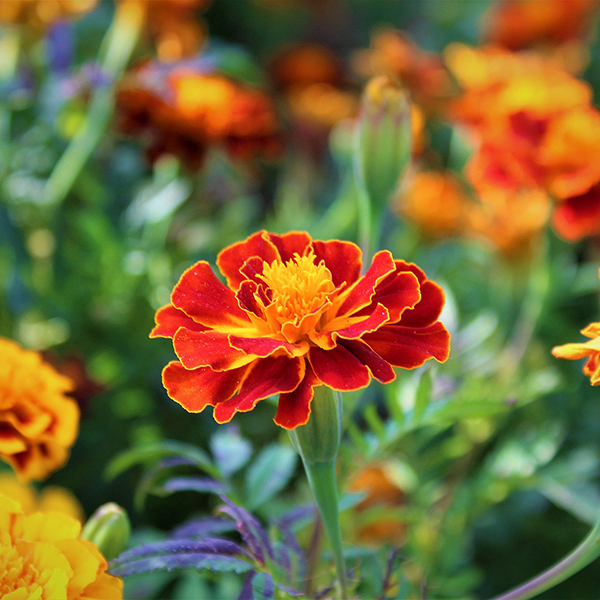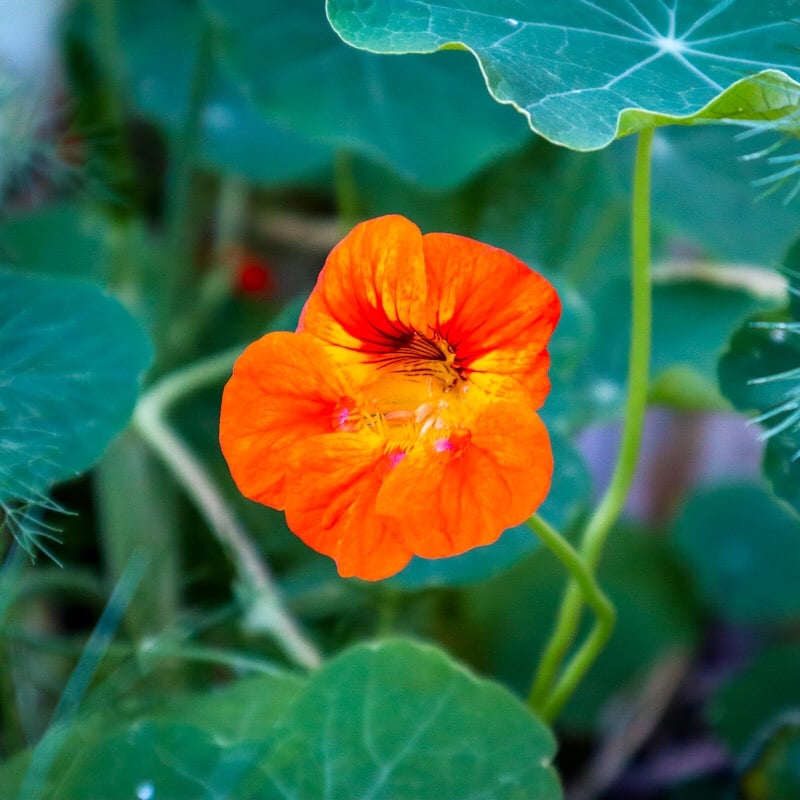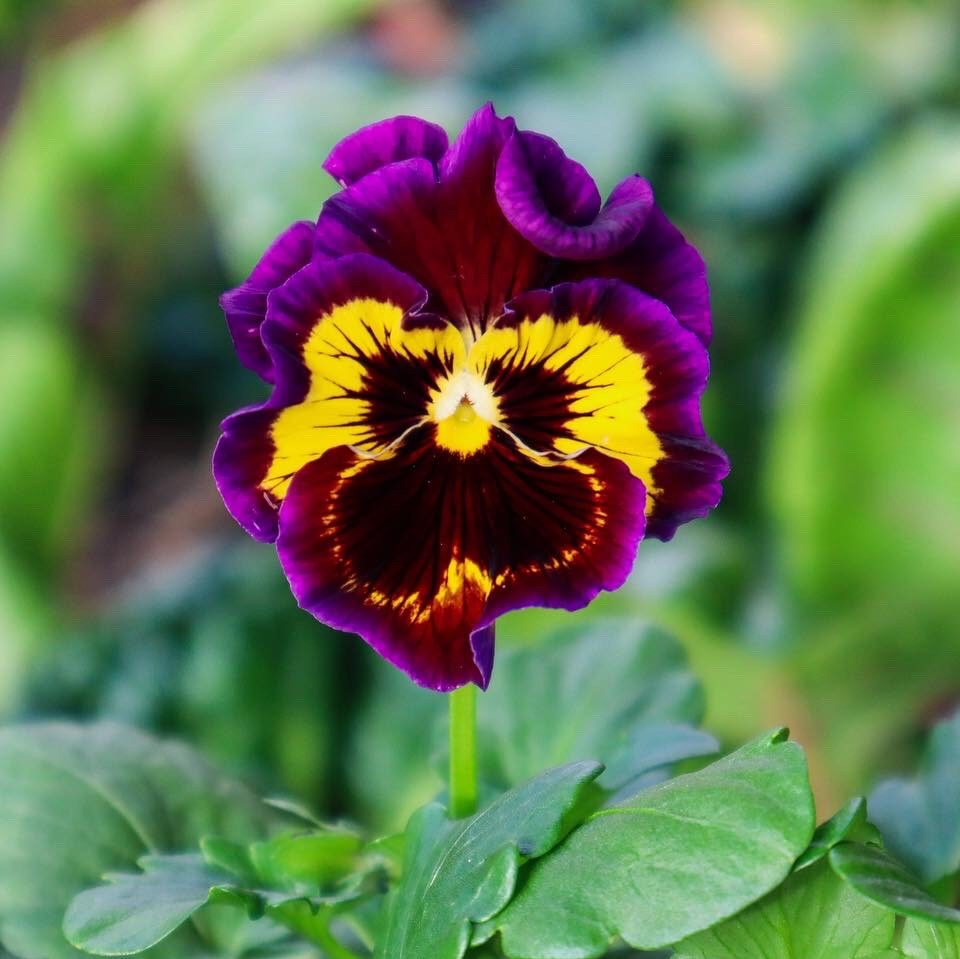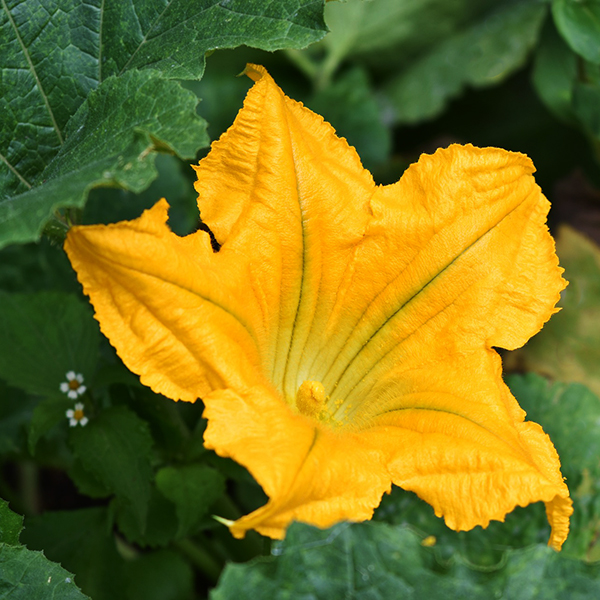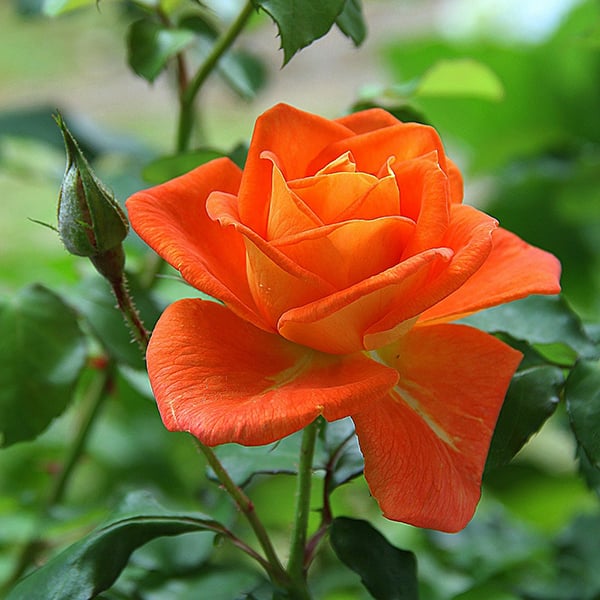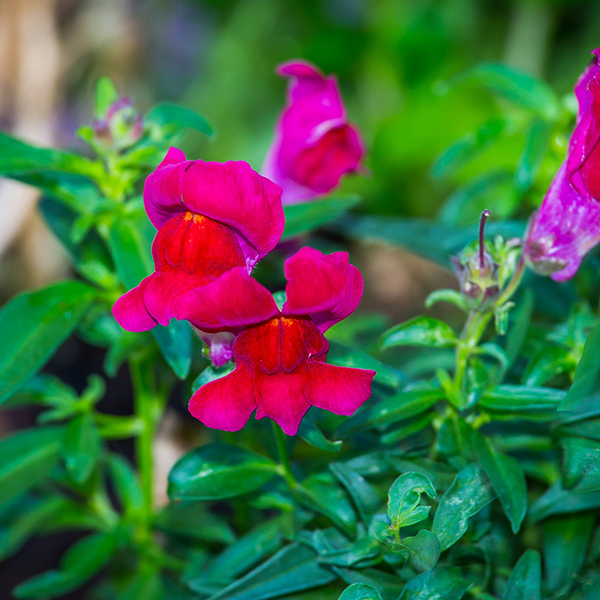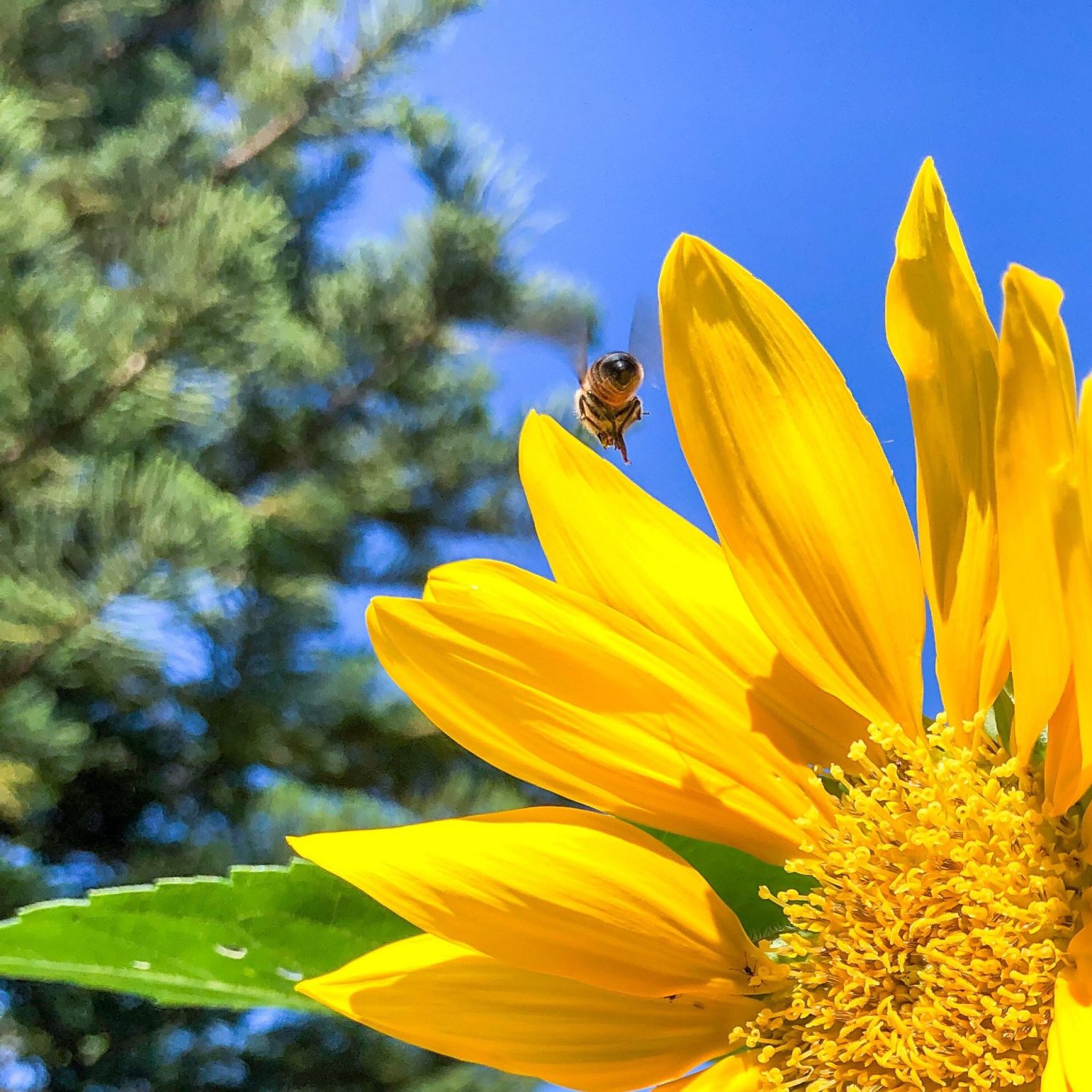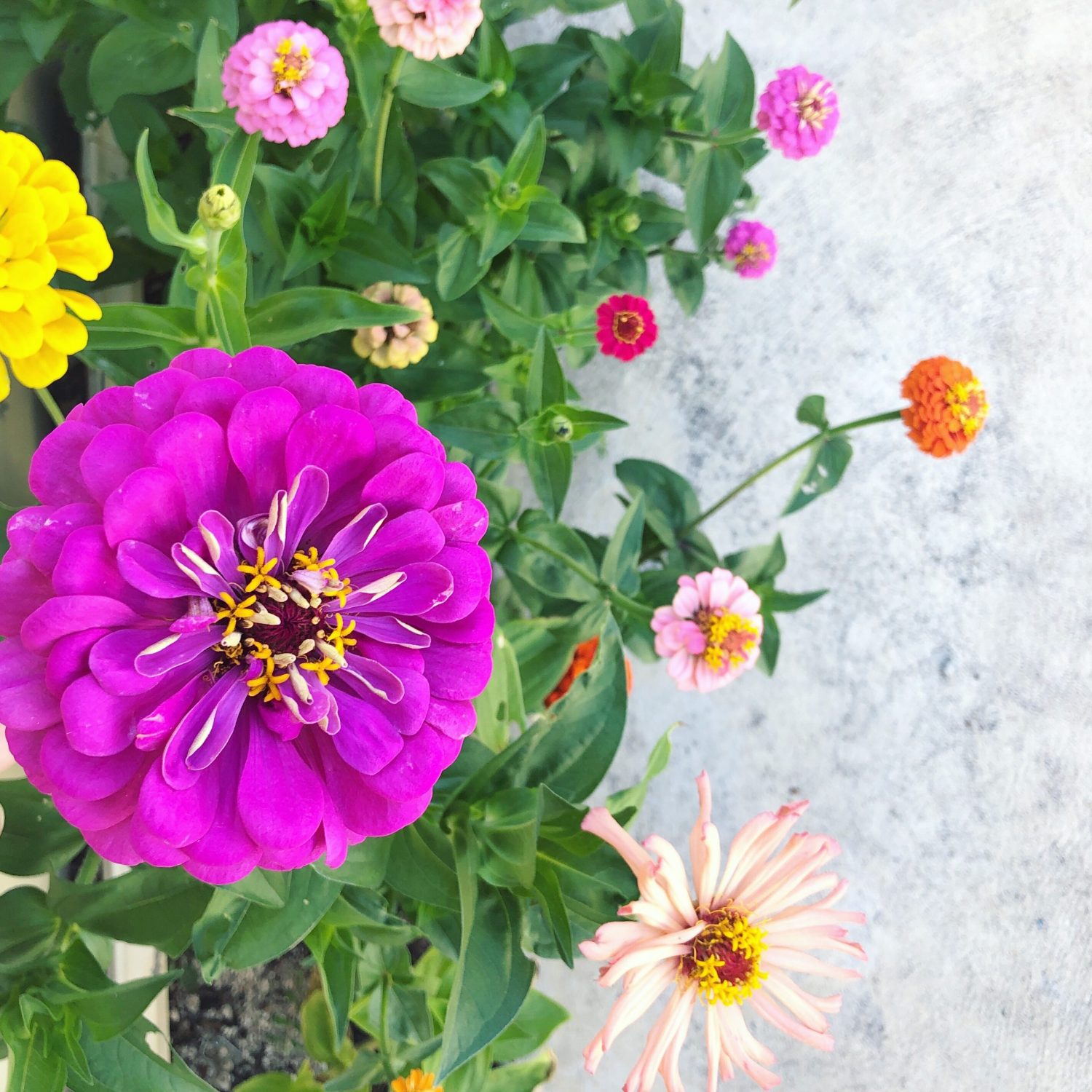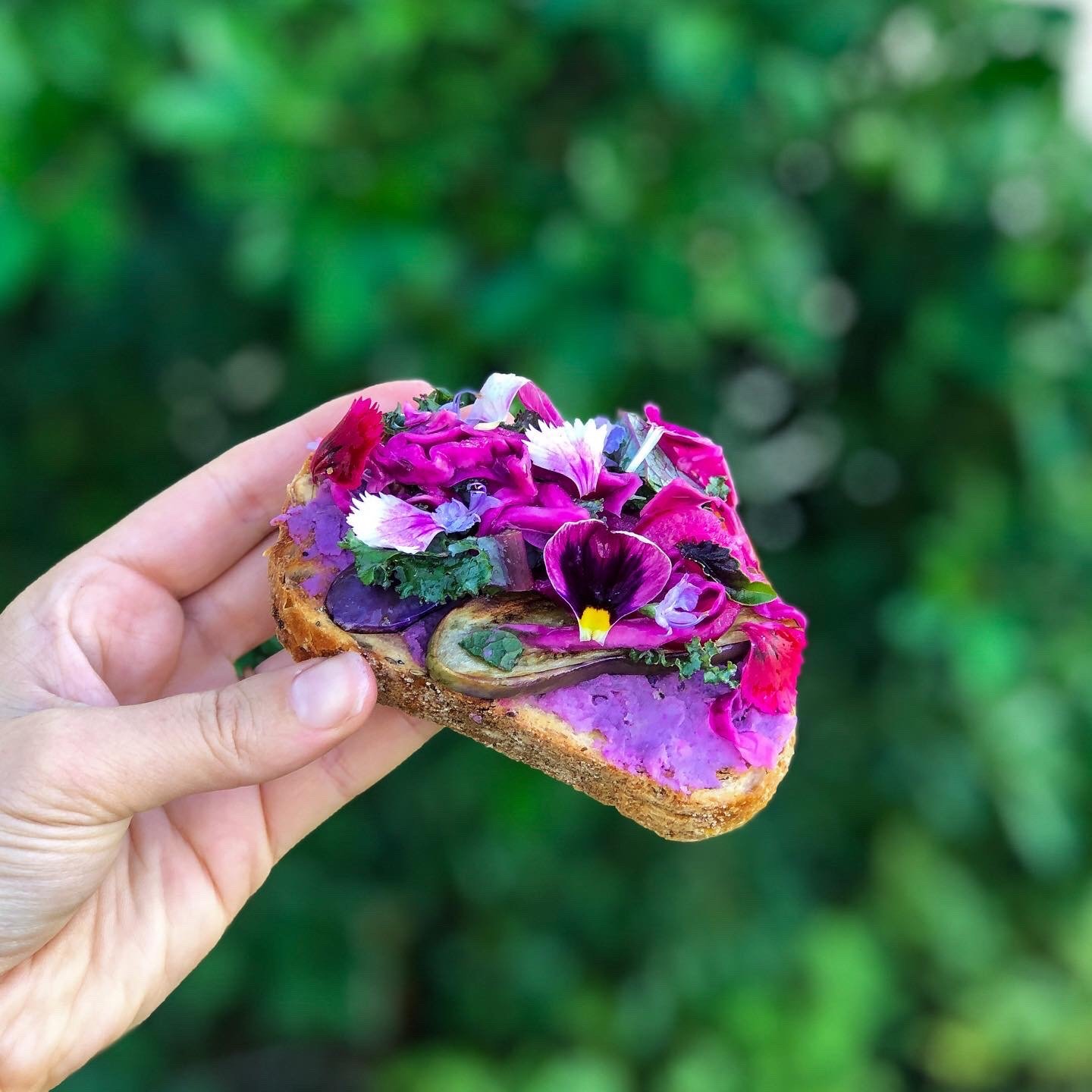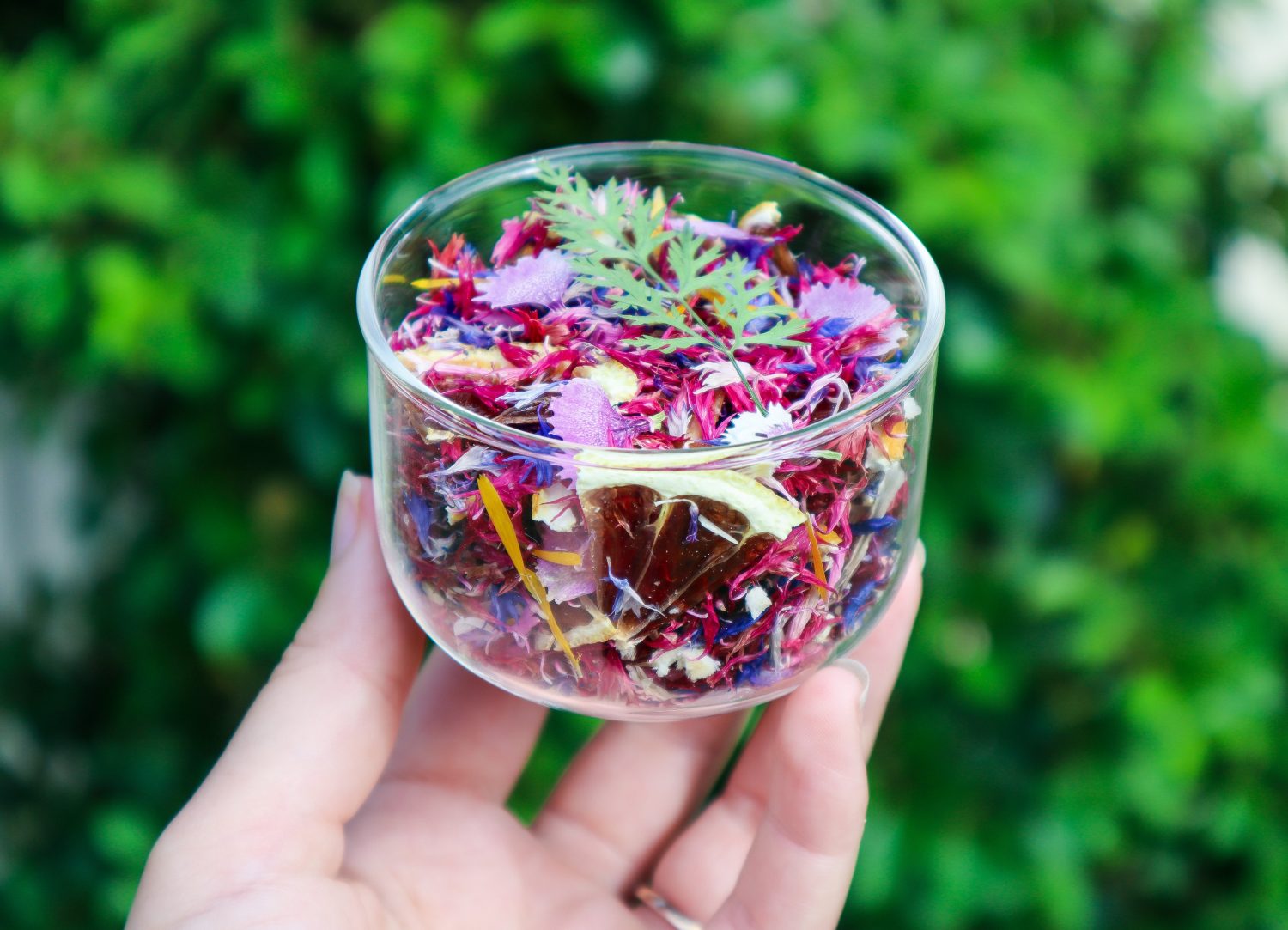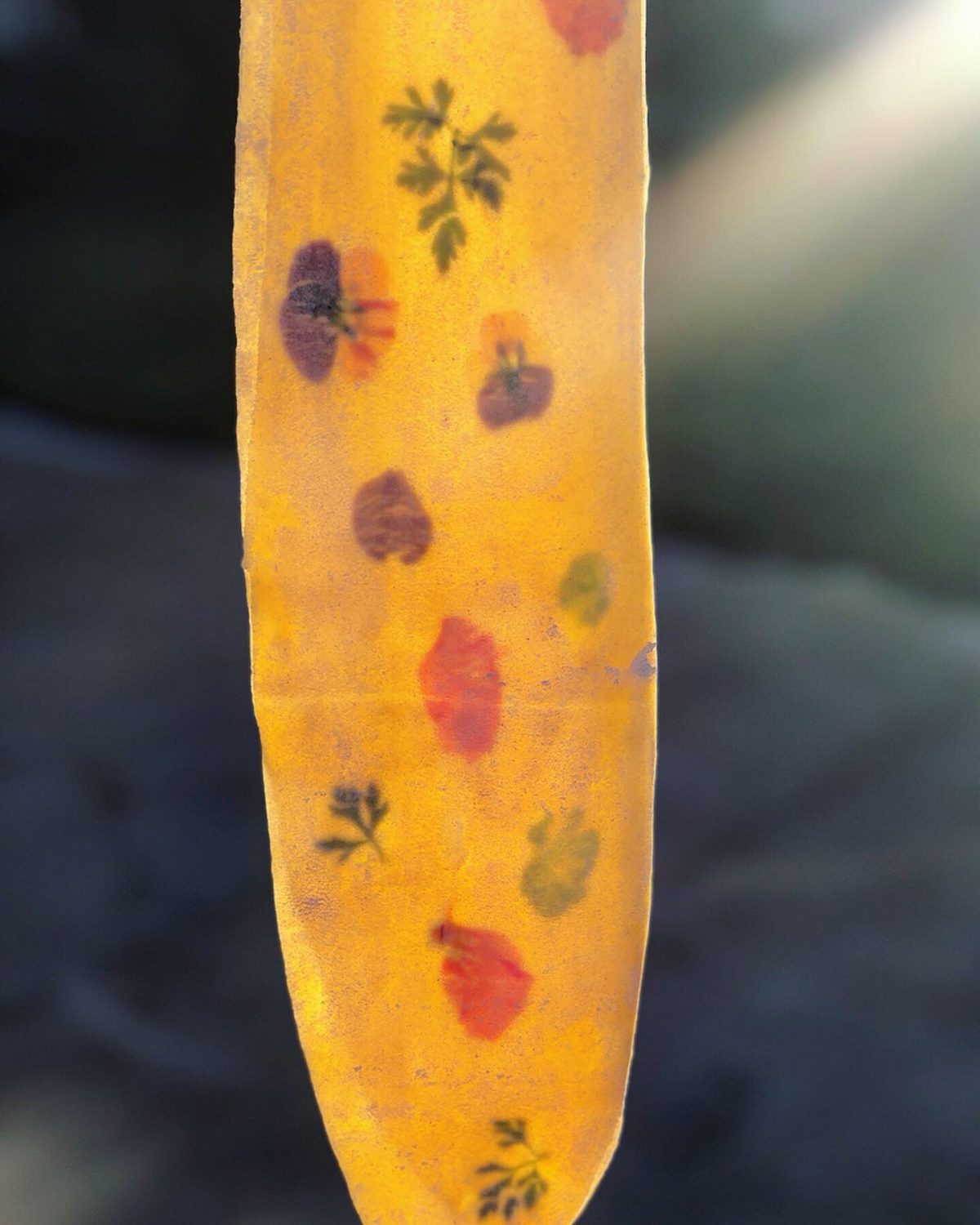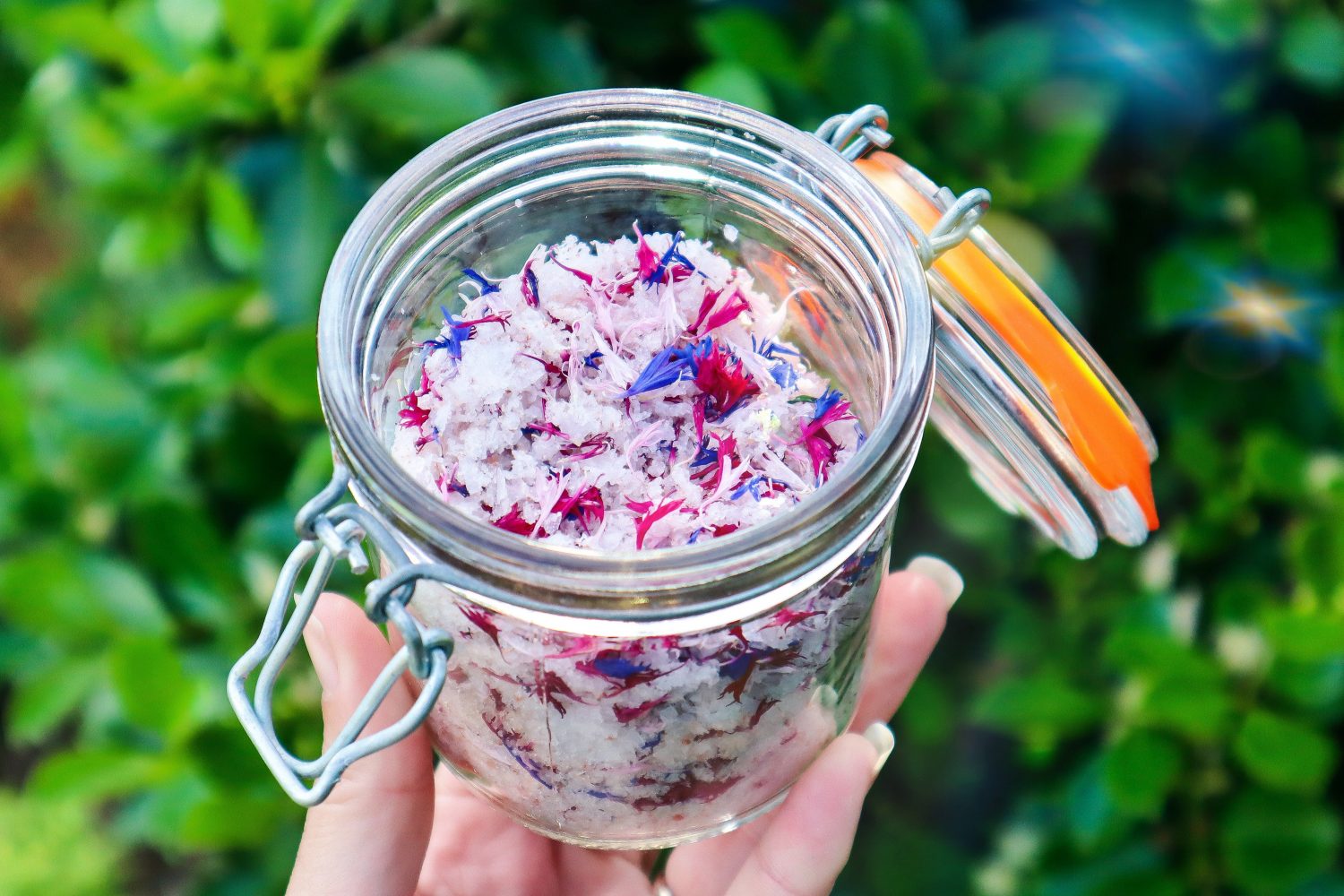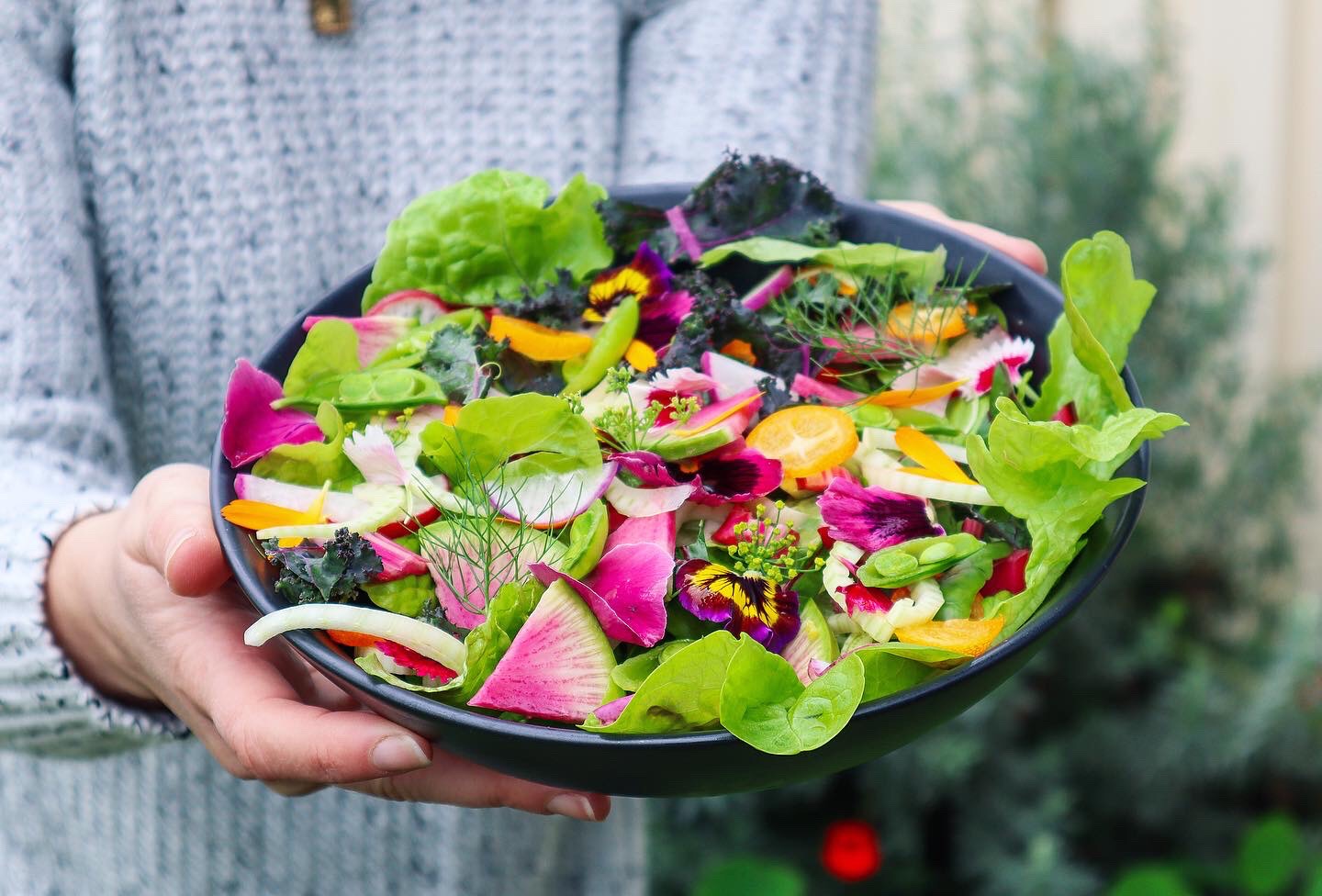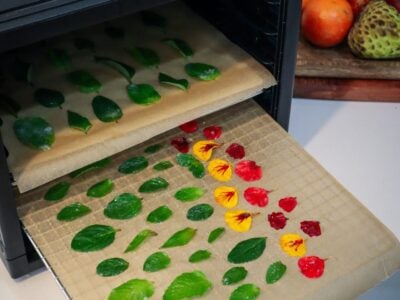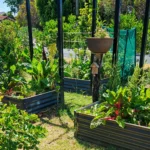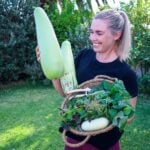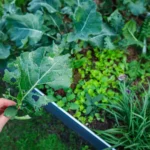
17 Fruits That Grow on Vines (Perfect for Vertical Gardening)
Do you want to grow more fruit and utilise vertical space? Then these 17 fruits that grow on vines will help you not only grow more delicious fruit to eat, but by growing vertically, you can save space and create more shade to protect your garden and more delicate plants during the hot months. I’m sharing my favourite fruits that grow on vines – perfect for urban food forests, backyard trellises, and small-space gardens. Whether you’re new to gardening or looking to expand your edible garden vertically, there’s something here for every garden.
If you’re looking to make the most of your vertical space, growing fruit on vines is one of the easiest and most rewarding ways to do it. From delicious grapes to exotic, rare passionfruit, there are so many climbing fruits that not only taste amazing but also help create lush, edible walls in your garden.



Why Grow Fruits on Vines?
Vine fruits are great space-savers. They climb up rather than spread out, meaning you can grow more food in less ground space. They’re ideal for small gardens, balconies, or food forests where every layer of the garden is put to work. Plus, many vine fruits are perennial or self-seeding, making them low-maintenance once established. I also love them for fence screening or adding more green to the backyard, with walls of green vines covered in fruit, they are not just productive, they’re beautiful too!
1. Passionfruit
One of my absolute favourite perennial fruiting vines! Passionfruit vines are fast-growing, evergreen in warmer climates, and produce deliciously tangy fruit. They’ll need strong support, plenty of sun, and a bit of pruning to keep them in check. Passionfruit can also be easily grown from seed to fruit in just 1-2 years.
Growing Tips: Plant in well-drained soil with plenty of compost, and water regularly during the growing season. Allow a lot of water during the summer season to allow them to produce abundant crops.
2. Grapes
Whether you’re growing table grapes or wine grapes, these deciduous vines are classic for a reason. Grapes love full sun and rich, well-drained soil. In winter, prune heavily to encourage fruiting in spring and summer. Grapes are great for areas that get full sun in summer but maybe get more shade in winter(because they are asleep). They can also be used to help offer shade to your veggie patch in summer and let light in during winter when they lose their leaves. I have mine planted over my main veggie patch on a strong arbour.
Growing Tips: Prune annually to control growth and increase yield. Provide sturdy support and full sun.
3. Choko (Chayote)
A vigorous vine that’s great for covering fences or pergolas, but must be kept in check with regular pruning. Chokos produce crisp, mild-flavoured fruit that’s incredibly versatile in the kitchen. Great for making preserves or used to bulk up pies as a substitute for apple or potato! They love warmth, regular watering, and space to sprawl. Chokos are a great option for providing summer shade to your garden in areas like Perth that have scorching hot summer days.
Growing Tips: Plant a whole chayote fruit in rich, moist soil and give it something to climb. It loves heat and humidity.
4. Kiwi Fruit
A beautiful deciduous vine with fuzzy fruit packed with vitamin C. Kiwi fruits need a male and female plant to produce fruit, and prefer a cold winter and warm summer. Provide sturdy support, these vines are strong!
Growing Tips: Train along a strong trellis and prune yearly. Kiwi prefers rich, well-drained soil and full sun (although protect during their first year in hot climates like Perth)


5. Cucamelon
These tiny watermelon lookalikes are actually closer to cucumbers. They’re crunchy, a little tangy, and perfect for pickling or snacking. Cucamelons are easy to grow from seed and do best in full sun with something to climb.
Growing Tips: Easy to grow in warm climates with full sun. Trellis them like cucumbers and harvest regularly.


6. Blackberry
While technically a bramble, many blackberry varieties can be trained like vines. Choose thornless varieties for ease of harvest, and plant them along fences or trellises. Great for attracting pollinators too.
Growing Tips: Plant in full sun with rich, well-drained soil. Train along a fence or wire support.
7. Raspberry
Like blackberries, raspberries can be trained vertically. They’ll reward you with handfuls of juicy berries and are surprisingly low-maintenance. Summer or autumn fruiting varieties are available depending on your climate.
8. Kiwi Berry
Kiwi berries are like miniature kiwifruits without the fuzz — bite-sized, smooth-skinned, and bursting with sweet, tropical flavor. These hardy vines are a great option for gardeners in cooler climates, and once established, they’re prolific producers. Unlike regular kiwis, you can pop these straight into your mouth without peeling! The vines are vigorous climbers and benefit from strong support and annual pruning.
Growing Tips: Some Kiwi berries need both a male and female plant for pollination. Plant them in well-drained soil with plenty of sun and compost, and keep them well-watered in dry periods. Patience pays off — they usually start fruiting in their third year, but reward you with loads of delicious fruit for years to come.



9. Giant Granadilla (Passiflora quadrangularis)
Giant Granadilla is the largest of the passionfruit family, producing fruit that can grow over a foot long! Its flavour is mild and slightly sweet, with edible pulp that can be eaten fresh, juiced, or added to desserts. One unique feature is that the white inner rind (or pith) is also edible when cooked, often used in stews, curries, or candied as a sweet treat. The plant also produces large, show-stopping flowers, making it both productive and ornamental. It’s ideal for gardeners who want something bold, tropical, and a little bit out of the ordinary. This one is tricky to grow and needs a warm tropical climate or a greenhouse to thrive.
Growing Tips:
Plant in full sun and well-draining, compost-rich soil. This vigorous vine needs a very strong support structure and plenty of room to spread. Keep it well-watered during hot weather and feed regularly to support its large fruit. It prefers warm, frost-free climates but can be grown in large containers and moved to shelter if needed. Prune after fruiting to encourage new growth and airflow.


10. Dragonfruit (Pitaya)
A striking cactus vine that needs support and warmth. Great for hot and dry areas of your garden. Dragon fruit plants produce stunning flowers followed by bright pink or yellow fruit with speckled flesh. Perfect for tropical or subtropical gardens. Prune regularly to shape the plant and encourage flowering. With a bit of patience and care, you’ll be rewarded with stunning blooms and unique, nutrient-packed fruit.
Growing Tips: Choose a sunny, sheltered spot with well-draining soil. Water deeply but allow the soil to dry out slightly between waterings — too much water can lead to rot.
11. Loofah (Luffa)
While often grown for its spongy interior, young loofah fruits are edible when cooked. This vine loves the heat and needs a long growing season. Let a few mature fully for bath sponges and save the rest for dinner!
Growing Tips: Start from seed in spring. Let fruits mature fully on the vine if you want to harvest them as sponges.
12. Pumpkin
Though typically considered a ground crop, pumpkins will happily climb a strong trellis if you support the fruit. This is a great way to save space and get a better shape on the pumpkins too. Growing vertically can help reduce pest pressure and increase airflow. Choose smaller varieties to help reduce the risk of the stems breaking off the vine. Add small hammock supports to the fruit if you think they are too heavy.
Growing Tips: Plant in mounds with compost-rich soil. Allow plenty of space or use a strong vertical support for smaller varieties.
13. Melons (Rockmelon, Cantaloupe, etc.)
Melons can also be trellised to save space and reduce rot. Use slings or mesh bags to support the fruit as it grows. They love full sun, compost-rich soil, and warm temperatures. Melons are a great choice for annual fruits that grow on a vine.
Growing Tips: Choose smaller varieties. Consistent watering during the hot months will help get the best-tasting melons.
14. Muscadine Grapes
Native to the southeastern United States, muscadine grapes are hardy, disease-resistant vines that produce sweet, thick-skinned grapes perfect for fresh eating, jams, and winemaking. These grapes love warm, humid climates and are a great low-maintenance option for edible gardens. I haven’t been able to find any yet in Perth, but when I do, I will definitely be testing them out!
Growing Tips:
Plant in full sun with well-drained soil. Muscadines prefer slightly acidic soil and benefit from a yearly layer of compost. Provide a strong trellis or arbor to support their vigorous growth. Prune in winter to encourage productive fruiting wood and good airflow. They’re self-fertile, but planting more than one variety can increase yields.
15. Climbing Tomato (Indeterminate Varieties)
While technically a fruiting shrub, indeterminate tomatoes behave like vines and can be grown vertically with supports. Perfect for patios and small garden beds where space is tight. Plant at the back of your container or garden to and train up whilst still utilising the front for short plants like lettuce and carrots.
Growing Tips: Use stakes, cages, or trellises. Pinch off suckers and prune to improve airflow and production.
16. Kiwano (Horned Melon)
This spiky, alien-looking fruit is sure to turn heads in the garden. Native to Africa, Kiwano grows on a vigorous climbing vine and produces bright orange, horned fruit filled with lime-green, jelly-like flesh. It has a mild, refreshing flavor, somewhere between cucumber, kiwi, and banana — perfect for smoothies or eating chilled with a spoon.
Growing Tips:
Plant Kiwano in warm, frost-free conditions with full sun and well-drained soil. Like cucumbers, it appreciates regular watering and trellising. Start seeds indoors or direct sow after the last frost. It thrives in hot climates and is drought-tolerant once established.
17. Cucumber
A garden classic, cucumbers are refreshing, fast-growing vine fruits that are perfect for salads, pickling, and even chilled soups. With so many varieties — from crisp slicing cucumbers to cute pickling types — there’s one for every garden. Cucumbers also make a super nutritious and refreshing juice in summer.
Growing Tips:
Plant cucumbers in full sun after the danger of frost has passed. They love warmth, regular watering, and rich, well-draining soil. Train them vertically with a trellis to save space and improve air circulation, which helps prevent powdery mildew. Harvest often to keep plants productive.
Tips for Growing Vine Fruits
- Support Structures: Use trellises, arches, pergolas, or fences.
- Mulch and Compost: Feed the soil with organic matter to keep your plants thriving.
- Water Consistently: especially in dry or windy weather.
- Prune as Needed: Keep vines manageable and productive.
Growing Fruit Vertically to Save Space
Growing fruits on vines is such a rewarding way to get more out of your space and your harvest. Whether you’re trailing cucamelons up a balcony rail or letting passionfruit take over a fence, vertical gardening adds beauty, abundance, and a lot more greenery to any garden. So pick one (or a few!) of these climbing fruits and get growing – your future self will thank you for the baskets of delicious fruit!



Maximize Garden Space with Espaliered Fruit Trees
While vine fruits are amazing for vertical gardening, espalier fruit trees are another clever way to grow food in tight spaces. Trained flat against a wall or fence, espaliered trees not only save space but also turn your garden into a living work of art. Apples, pears, figs, and even citrus can be grown this way with a little patience and pruning. They make excellent use of sunlight, are easier to harvest, and can add structure and charm to garden borders or sunny walls. If you’re short on space but big on fruit dreams, espalier might just be your next favorite technique!
Happy Gardening,
Holly 🌿
Links included in this post might be affiliate links. If you purchase a product or service with the links that I provide I may receive a small commission. There is no additional charge to you! Thank you for supporting my blog so that I can continue to provide you with free content.
